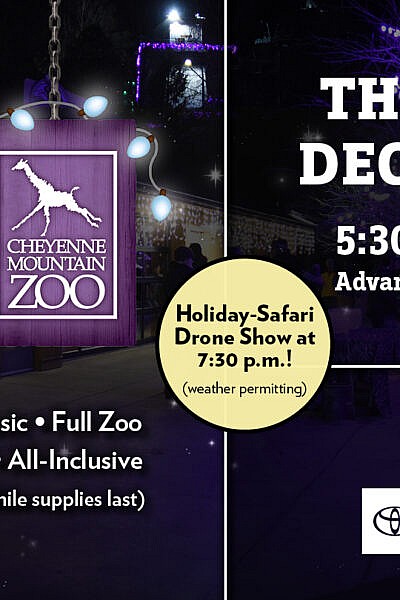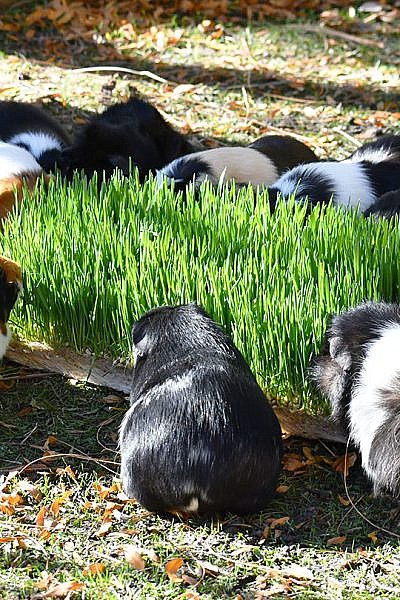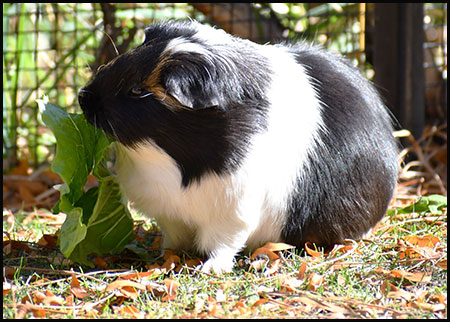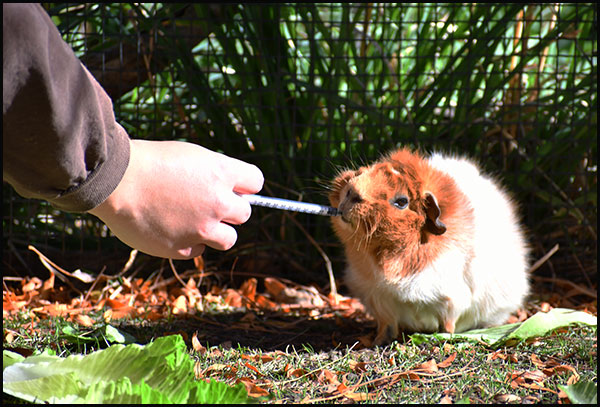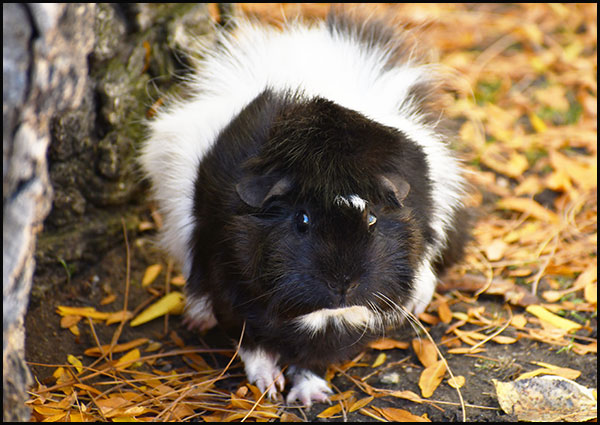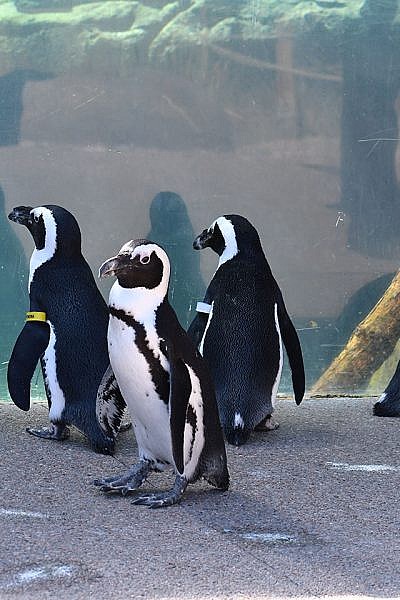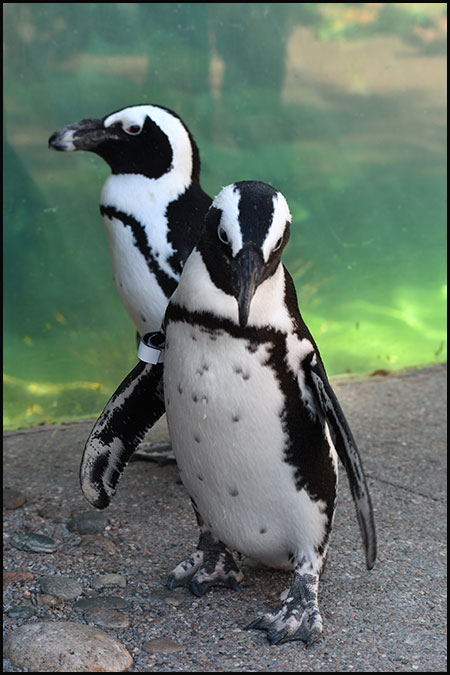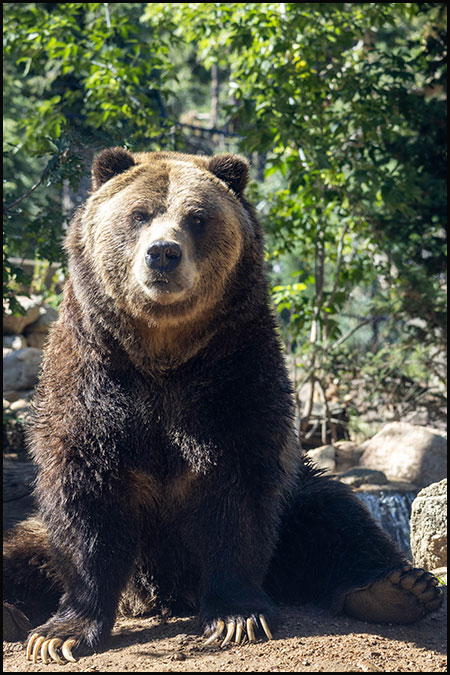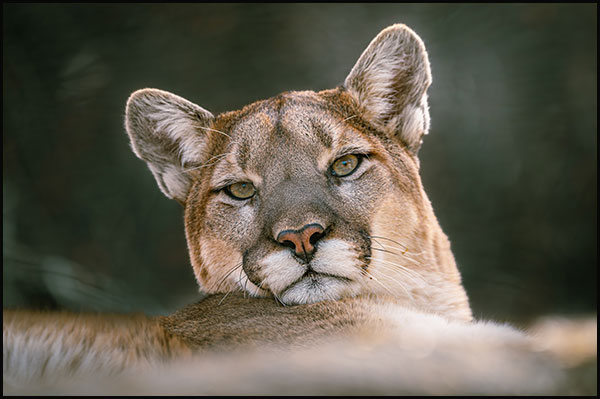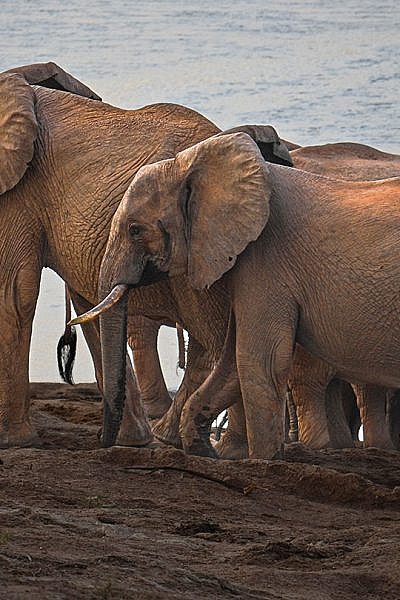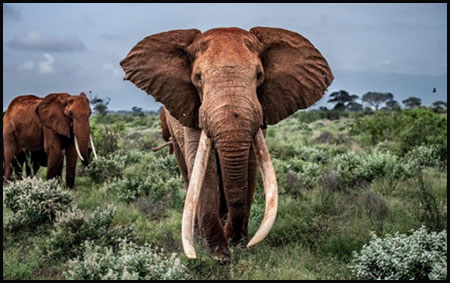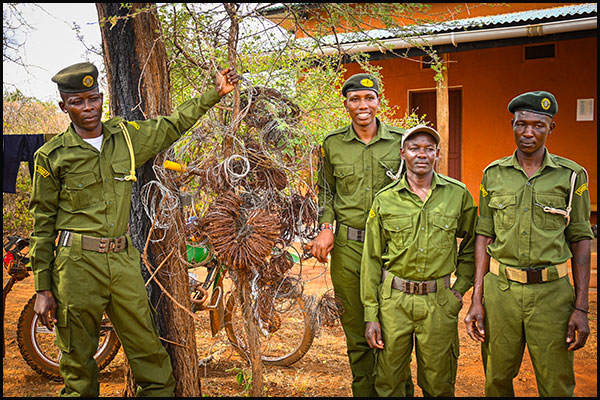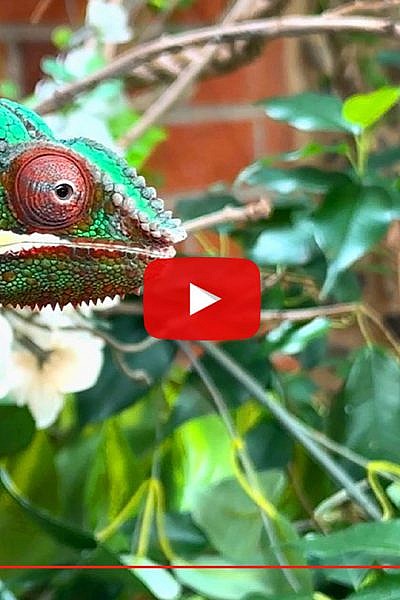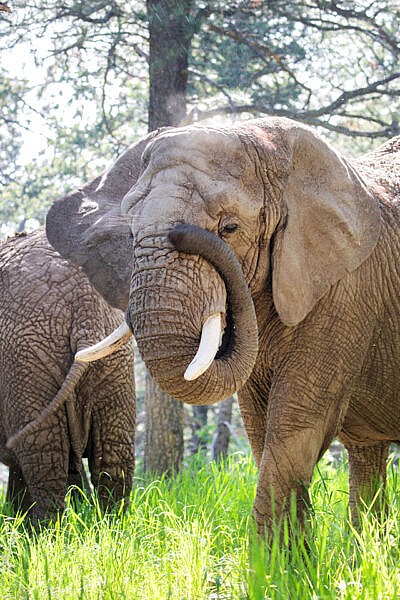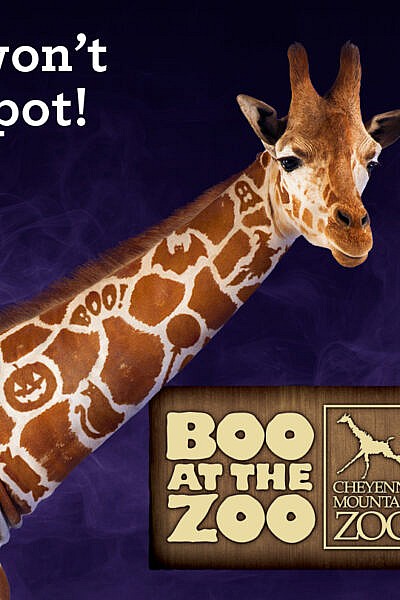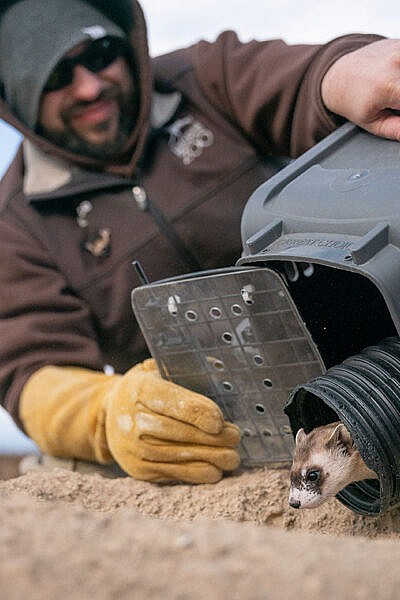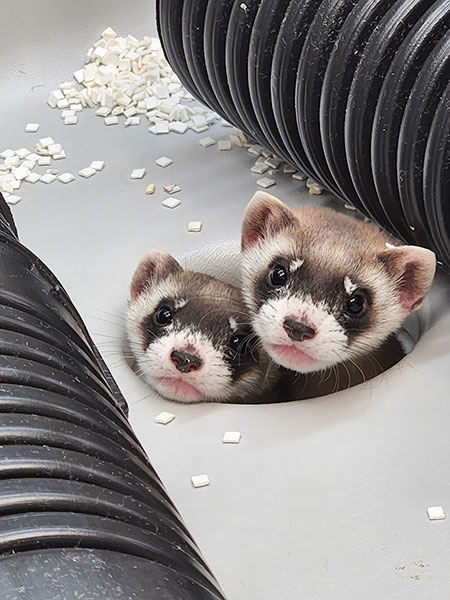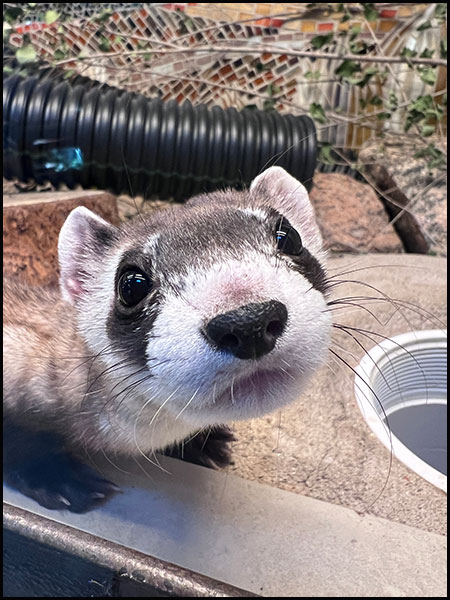GUESTS WILL ENJOY FOOD, DRINKS, LIVE MUSIC, A HOLIDAY SAFARI DRONE LIGHT SHOW, AND VISITS WITH THEIR FAVORITE ANIMALS AND SANTA – Make plans for an adults-only mistle-toast to the season at Electric Moonlight from 5:30 to 8:30 p.m. on Thurs., Dec. 5, at Cheyenne Mountain Zoo. There’s nowhere else you can sip cocktails, sample food, enjoy live local music, feed a giraffe and visit Santa in an adults-only atmosphere on the side of a mountain!
Electric Moonlight incorporates all of the magic of Electric Safari, like 50 acres of twinkling lights displays, 90+ hand-made light sculptures, enormous animal inflatables, and a drone light show, plus the additions of live music and all-inclusive food and drink samplings (while supplies last). Guests can also take in the lights from new heights on the Mountaineer Sky Ride ($3 per rider). Even Santa will be here to listen to grown-ups’ holiday wishes! Inflatables and drone show are weather dependent.
In between sampling delicious food and drinks, donated by local restaurants, breweries, distilleries and more, guests can enjoy scheduled animal keeper talks and demonstrations. Select animal habitats will be open for guests to visit, including the giraffe barn, where guests can hand-feed the 16-member giraffe herd for $3 per lettuce bundle or $5 for two bundles. See lists of open animal areas, musicians and attending vendors at cmzoo.org/em.
This event is popular and is subject to selling out. Don’t wait to secure your spot at the last 21-and-up special event of the year at cmzoo.org/em.
Attendees can get into the holiday spirit and feel good about purchasing a ticket to this important fundraiser for the Zoo. Cheyenne Mountain Zoo is one of the only AZA-accredited nonprofit zoos in the country that does not receive tax support, so every ticket helps fund animal care, Zoo operations, improvements and conservation.
Quick Facts
• 5:30 to 8:30 p.m. on Thurs., Dec. 5, 2023
• Advance tickets are required and must be purchased at cmzoo.org/em. This event is likely to sell out.
• Electric Moonlight features:
— live music throughout the Zoo
— food and drink samples from Front Range restaurants, breweries, distilleries and more (while supplies last)
— more than 50 acres of twinkling lights
— more than 90 hand-made light sculptures
— giant illuminated animal inflatables (weather permitting)
— a holiday-safari themed drone show (weather permitting)
— access to the Mountaineer Sky Ride (weather permitting; $3)
— access to the historic carousel (weather permitting; $2 per person)
— access to most of the Zoo’s animal exhibits, including paid giraffe and budgie feedings
— scheduled animal keeper talks and demonstrations
• This event is for adults, ages 21 and older, only. No children or infants will be allowed in.
• Each ticket includes a souvenir sampling cup and spork so guests can sample food and drinks located throughout the Zoo. Local breweries, distilleries and restaurants will have samples available for guests while supplies last.
This waste-wise event is supported by Toyota.
About Cheyenne Mountain Zoo
Cheyenne Mountain Zoological Society was founded in 1926. Today, Cheyenne Mountain Zoo, America’s mountain Zoo, offers comprehensive education programs, exciting conservation efforts and truly fantastic animal experiences. In 2024, Cheyenne Mountain Zoo was voted #5 Best Zoo in North America and CMZoo’s Rocky Mountain Wild was named #2 Best Zoo Exhibit in North America by USA TODAY’s 10Best Readers’ Choice Awards. It is Cheyenne Mountain Zoo’s goal to help guests fall in love with animals and nature, and take action to protect them. Since 2008, CMZoo’s Quarters for Conservation program has raised more than $5 million dedicated to frontline conservation efforts around the world. Of the 237 zoos and aquariums accredited by the Association of Zoos and Aquariums (AZA), Cheyenne Mountain Zoo is one of just a few operating without tax support. Cheyenne Mountain Zoo depends on admissions, membership dues, special event attendance and donations for funding.
